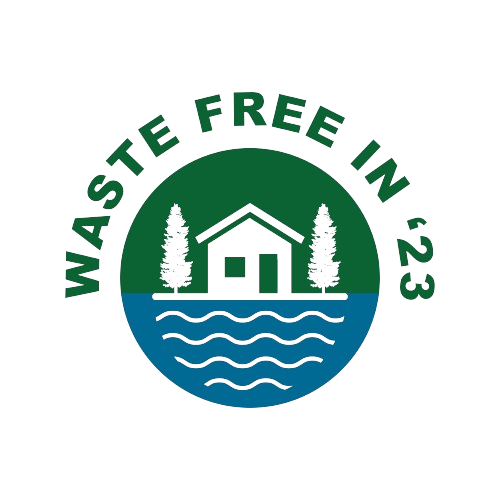WF23 SL Training Existing Waste Disposal Options

WASTE FREE WASTE DISPOSAL OPTION INTRODUCTION
MR. ISSA SESAY FRIDAY’S FOR FUTURE-SIERRA LEONE

Disposal of waste means: the collection, sorting, transport and treatment of waste as well as its storages and tipping above or underground. We have three (3) types of waste which is
- Solid waste-open burning
- Sea dumping process
- Solid waste sanitary lands fields.
Benefits : The main benefits of effective waste disposal include environmental protection from pollution or contamination, money generation companies may buy recyclable materials, due to their value additionally the waste management industries create employment opportunities.
For sierra leone today, it’s very much difficult to have our waste control due to lack of dumping site, lack of recycling companies and always lack of capacity building trainings on the importance of waste, with regards of this sierra leone normally facing a lot of challenges on flooding, disaster, and various diseases are affect us due to poor sanitary control, therefore sierra leone is 90% affected by severals malaria, colarial, running stomach and so many more.
Waste management or waste disposal includes the processes and actions required to manage waste from its inception to its final disposal. This includes the collection, transport, treatment, and disposal of waste, together with monitoring and regulation of the waste management process and waste-related laws, technologies, and economic mechanisms. Waste can be solid, liquid, or gases and each type has different methods of disposal and management. Waste management deals with all types of waste, including industrial, biological, household, municipal, organic, biomedical, radioactive wastes. In some cases, waste can pose a threat to human health. Health issues are associated with the entire process of waste management. Health issues can also arise indirectly or directly: directly through the handling of solid waste, and indirectly through the consumption of water, soil, and food. Waste is produced by human activity, for example, the extraction and processing of raw materials.
Due to the mass amounts of unsustainable, human-generated waste entering our environment, the detrimental effects of pollution have continued to negatively impact numerous ecosystems around the world. Different types of waste, such as microplastics, are continuously polluting our oceans and landfills due to the lack of biodegradable and recyclable materials within these pollutants. A recent study found that out of the 400 million metric tons of plastic waste produced annually, only 9% is successfully recycled. (Find out more about plastic pollution and how you can help reduce your own waste.) In 2017, for instance, the Environmental Protection Agency calculated the United States’s total generation of solid waste to be around 267.8 million tons, ultimately representing a 5.7 million waste increase since 2015. All together, unsustainable waste has negatively impacted the environment through its contribution to worsening the climate crisis, wildlife population, and our very own public health.
Climate Change: The way our society disposes of waste is not only extremely troubling, but has become increasingly irresponsible as well. Our government leaders have failed to implement sustainable foundations into action to allow our environment to successfully mitigate and adapt to climate change. For example, when looking at the relationship between greenhouse gas emissions and landfills, researchers found that 20% of the total human-driven methane emissions have been produced from waste landfills, and 91% of these landfill methane emissions have been caused by open-trash incineration. Considering that approximately 65% of the United State’s waste is being discarded in this manner, the crucial lack of sustainable government regulations and involvement in the waste disposal process continues to contribute large-scale risks to both our atmosphere and the people that live near these burning sites.
If you have any questions, contact:
- www.wastefree23.org
- https://www.facebook.com/groups/1257683511822828
- Wastefree23@gmail.com
- Whatsapp +14084620209
